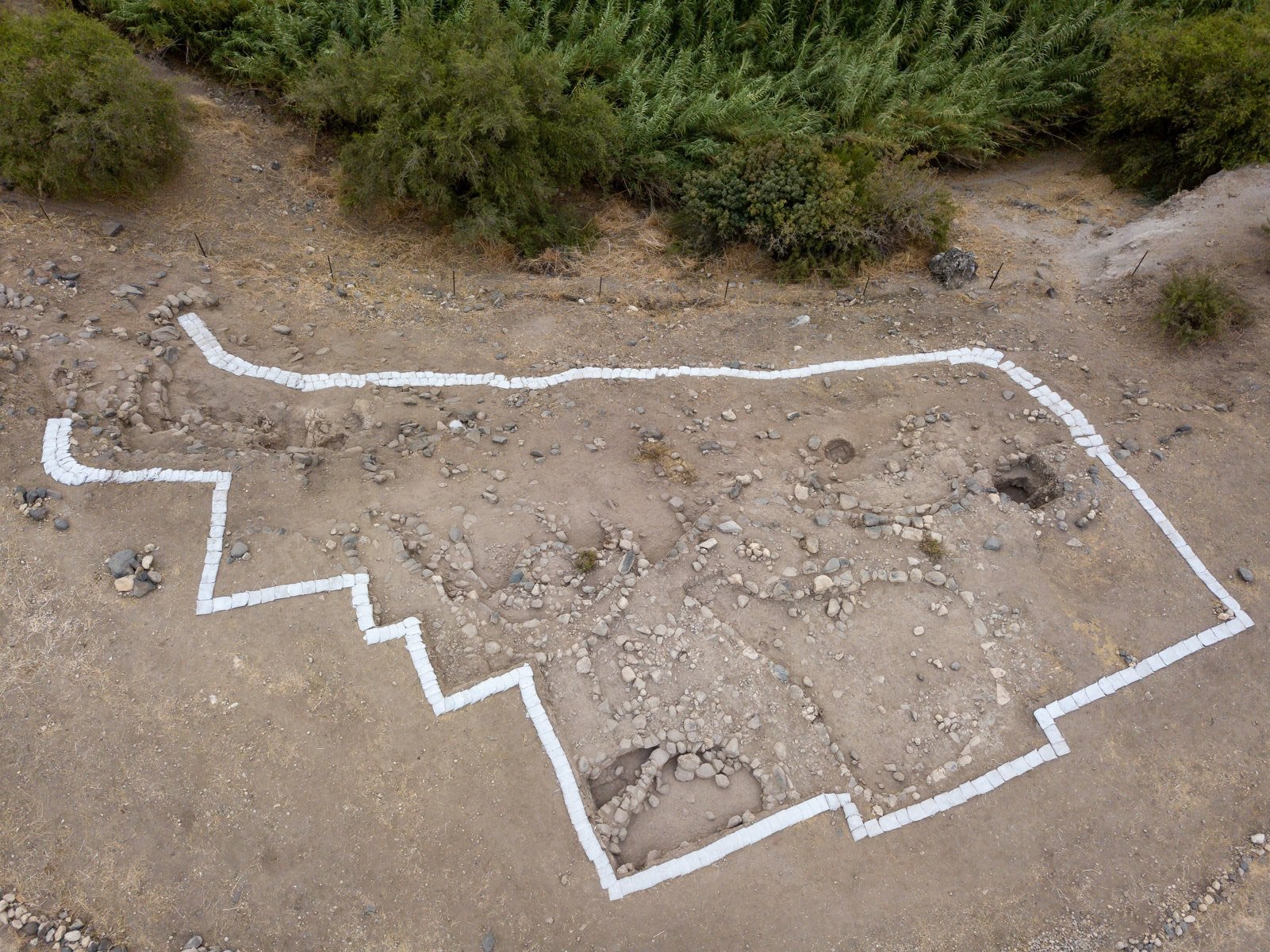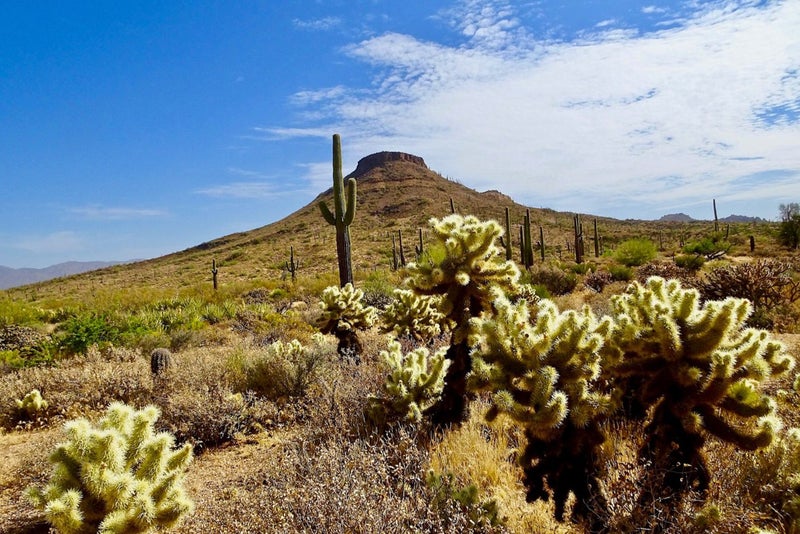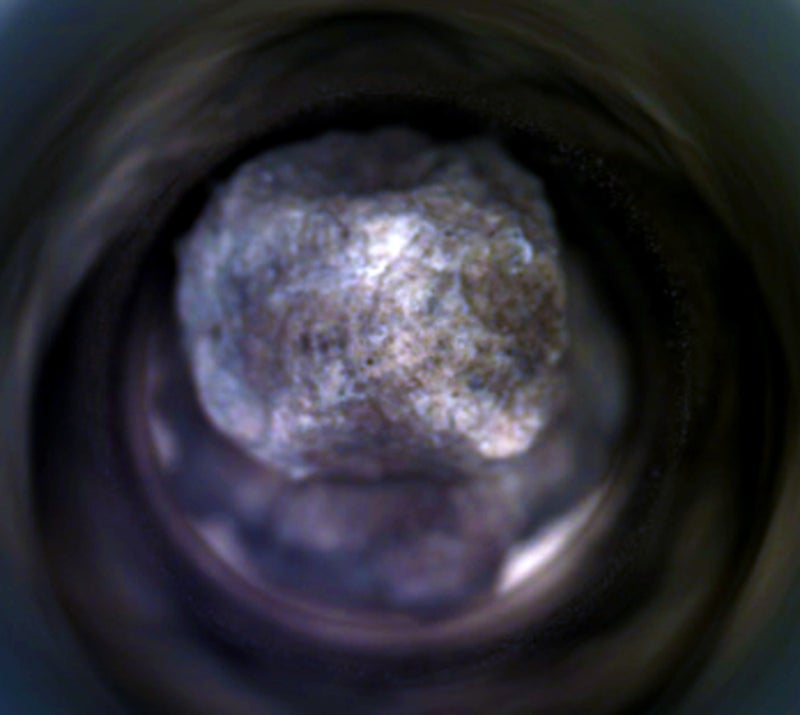The writers of the new Wild Guide: Morocco share the best locations for hiking, surfing, swimming and sleeping under the stars. Extending from the Atlantic coast to the edge of the Sahara and with a huge variety of terrain – from lush oases and valleys peppered with thyme, rosemary, argan trees and date palms to rocky gorges and arid plains – the Anti-Atlas mountains cater for even the most indecisive traveller.
![[Agadir Aguellouy.]](https://i.guim.co.uk/img/media/ae020afd22d30446fe687c71cb18fe153af95808/0_1247_3712_2227/master/3712.jpg?width=445&dpr=1&s=none&crop=none)
Above all, however, Anti-Atlas is agadir country (the word means wall or citadel). The landscape is interspersed with these remarkable communal fortifications, once used to store grain, dates, almonds, honey and important documents. Built from stone and clay, often in almost geometric designs, they were typically set on hilltops or cliffs to provide protection from attack. The Amtoudi granaries, Aguellouy and Id Aissa are prime examples of these historic compounds.
![[Thisith beach.]](https://i.guim.co.uk/img/media/0f0ab75b54f1a2d16e8655ab1149278872631e3f/0_0_4818_2891/master/4818.jpg?width=445&dpr=1&s=none&crop=none)
On a rocky hillside overlooking the village (and river pools) of Amtoudi, the two granaries are connected by a mountain path and were restored in 2007 by eco-architect Salima Naji and a team of skilled local craftspeople. Contact their guardians before you set off so that they can open up for you: Muhammad for Id Aissa (+212 635 49 6084) and Fernando for Aguellouy (+212 061 146 004). Farther north, near Aït Baha, Agadir Ikounka is another architectural wonder, and a rare example of a low-level agadir, the stones jutting out from its walls acting as steps for villagers to access their stores.
![[Eleventh-century Tazouda Tower.]](https://i.guim.co.uk/img/media/01bece3603f069cb51d7cfe3bf4238ff2c3ec9d6/0_0_5568_3712/master/5568.jpg?width=445&dpr=1&s=none&crop=none)
Around Tafraoute, between these two sites, you’ll find excellent trekking, climbing, cycling and canyoning in the surrounding mountains. Tanalt is a pilgrimage spot for dedicated canyoners. Over millennia the mountain waters have cut deep into the rock here, leaving a string of emerald pools, though unless you’re an experienced canyoner with your own ropes, helmet and wetsuit, don’t attempt it.
![[Sandboarding in the Timlalin Dunes north of Taghazout]](https://i.guim.co.uk/img/media/258a95af27159e6ce54da6fbd3813572c6866714/0_0_5568_3341/master/5568.jpg?width=445&dpr=1&s=none&crop=none)
Instead, head to the mountains south of Tafraoute for a refreshing dip in the waters of Aït Mansour. Tucked behind palm trees, down a short dusty path, the River Mansour stretches gently out along the valley, dappled sunlight illuminating the water and making an afternoon swim hard to resist.
![[Tamri beach, a surfing hotspot in Agadir.]](https://i.guim.co.uk/img/media/a678a0aa9a28cfee05daa06b6a02c7758eba7ed7/0_172_5166_3100/master/5166.jpg?width=445&dpr=1&s=none&crop=none)
Nearby, Chez Amaliya (singles/doubles from €36/€55 B&B) offers comfortable rooms overlooking a pool, and great views of La Tête du Lion rock formation from the rooftop. In the Ameln valley, it’s also within striking distance of Jbel Tagtout. Don’t be fooled if anyone tells you the mountain is an easy climb. There’s no well-worn path and you’ll need to take plenty of water, food and sunscreen, but the view from the summit of the valley below, clenched tightly in the fingers of the surrounding peaks, is worth the effort.
![[The golden dunes of Erg Chebbi.]](https://i.guim.co.uk/img/media/1829a35247e78800853b2c10c3186239e537256b/0_322_4827_2896/master/4827.jpg?width=445&dpr=1&s=none&crop=none)
For a view without quite such a slog, stroll up one of the hills overlooking the nearby Cappello di Napoleone (Napoleon’s Hat) in Aguerd-Oudad. This towering rock formation was carved out by the forces of nature over millions of years and is now fringed by a picturesque barnacle-like cluster of pink-hued houses. At sunset it’s hard to decipher where the village ends and the peach-tinged rock face begins, making it a popular spot for photographers.
![[A Saharan camel.]](https://i.guim.co.uk/img/media/0454e7f608fccd3fbf43e3654fa82012f5df3582/0_156_4693_2816/master/4693.jpg?width=445&dpr=1&s=none&crop=none)
Unlike Morocco’s Atlantic coast, with its well-developed tourist enclaves of Essaouira and Agadir, the country’s Mediterranean coastline, between Al Hoceïma and the Nador headland, is a less well known destination. There may be a few big hotels around Saidia and Nador (and within Melilla, the autonomous Spanish city that carves out a slice of Iberia in this corner of Africa) but the N16 coast road is only 10 years old, and locals dub this area “Morocco’s forgotten coast”.
![[Oued El Kannar pools.]](https://i.guim.co.uk/img/media/038e727f905b47d865f3b281948d4b7d7235ab6f/0_0_4781_2868/master/4781.jpg?width=445&dpr=1&s=none&crop=none)
With isolated coves, fortress-topped cliffs and mesmerising viewpoints over the cobalt Mediterranean, it’s not likely to stay that way for long. Of all the beaches we visited in this area – Ajetti, Agharabo Yarzn and Ghanso among them – our favourite was Plage Ihttaryen. Hidden from view behind two enormous red cliffs east of Port Sidi Hsaïn, and accessible only by a steep rocky path, it’s an idyllic spot, with crystalline waves lapping against the pebble shore and curious rock formations rising from the waves.
![[The God’s Bridge.]](https://i.guim.co.uk/img/media/45e4dafd2a2d28f2c128fbdbd47bab3e74c6da8d/0_16_5568_3341/master/5568.jpg?width=445&dpr=1&s=none&crop=none)
The headland that juts out into the Mediterranean Sea north of Nador also begs to be explored. There are several fabulous beaches here, including picture-perfect Cara Blanca, where golden sandstone cliffs glimmer almost white when the sun catches them. Below the bluffs, wave-sculpted ledges form a natural coastal promenade from where thrill-seekers launch themselves into almost luminescent cyan water.
At the tip of the headland, a trio of beaches vie for your attention. This is a long stretch of sun-drenched golden sand including Thisith beach. Plage Mina Rosita is a sheltered cove ideal for swimming and snorkelling. And over the next headland is a wild, unnamed beach ideal for a secluded swim; we nicknamed it Chimney Beach, after the large brick flue jutting out above the waves offshore.
Standing tall above all of these, and the city of Nador, is Mount Gourougou. Reaching a height of almost 1,000 metres and cloaked by Aleppo pines, it’s a cool, shady spot dotted with ancient mosques and fortresses (though watch out for the Barbary macaque monkeys – don’t be tempted to feed them).




























.jpg?crop=4:5,smart&quality=75&auto=webp&width=960)


